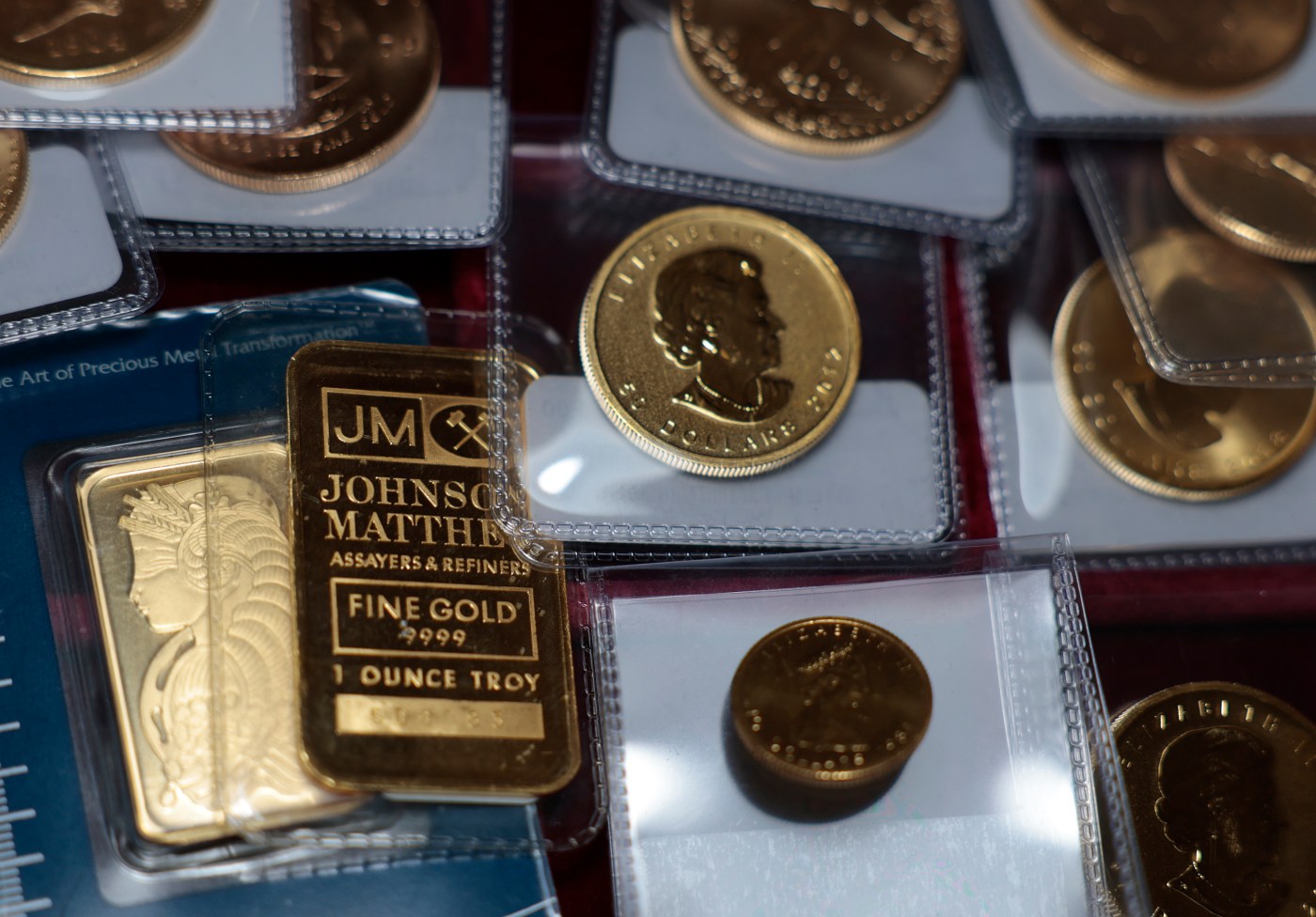The price of gold has reached unprecedented heights in 2023, raising questions about future trends and the potential for scams targeting investors. As gold continues to capture attention, experts highlight a mix of geopolitical tensions and economic uncertainty as key drivers behind its rising value.
Historically, gold has served as a safe haven during turbulent times. For example, during the 1970s, it soared amid rampant inflation and the collapse of the gold standard. Similarly, the financial crisis of 2008-09 saw a spike in demand for the precious metal. In 2020, as the COVID-19 pandemic disrupted global economies, gold prices climbed again. Unlike previous surges linked to economic downturns, the current rise is attributed to a shift in the global economic landscape.
The recent surge in gold demand is largely a response to the destabilization of the U.S.-led world order. Following President Joe Biden‘s actions to freeze Russian central bank assets in response to the 2022 invasion of Ukraine, central banks worldwide have increased their gold purchases, accumulating over 1,000 tons annually. This strategy aims to diversify reserves away from the U.S. dollar, reducing American influence.
China’s central bank has taken significant steps, adding to its gold reserves every month this year. This move is partly a reaction to former President Donald Trump‘s trade policies, which have made investors wary of U.S. Treasury securities. As geopolitical uncertainties grow, nations view gold as a hedge against an unreliable economic partner.
Inflation remains a factor, albeit at a modest rate of approximately 3% in the United States. While most commodity prices have not mirrored gold’s ascent, concerns over potential inflationary pressures persist. Experts caution that the fiscal policies undertaken during the Trump administration, coupled with ongoing deficit spending, could lead to higher inflation in the future.
The situation is further complicated by calls for the U.S. Federal Reserve to lower interest rates, which could exacerbate inflation and undermine confidence in the dollar. As hedge fund titan Ken Griffin remarked in an interview with Bloomberg, “I now view gold as a safe-harbor asset in a way that the dollar used to be viewed.” This sentiment underscores growing concerns among investors regarding dollar-denominated assets.
In addition to geopolitical and economic factors, the surge in gold prices has drawn widespread speculation and consumer interest. Jewelers report an influx of customers selling unwanted jewelry, while retailers like Costco have reported increased sales of gold bars. Investment in gold-backed funds, mining stocks, and futures has surged, attracting both experienced and new investors.
As the gold rush continues, scams are on the rise. The FBI has issued warnings about fraudsters targeting vulnerable individuals, particularly the elderly. Reports indicate that scammers pose as relatives in need of urgent funds or as law enforcement agents claiming victims’ identities have been used in criminal activities. Victims are often tricked into transferring money or precious metals under false pretenses.
To avoid falling victim to these scams, it is vital to remain cautious. The government does not solicit purchases of gold or other precious metals. Individuals should also be wary of unsolicited communications and avoid sharing sensitive information or valuables with strangers.
Despite gold’s current climb to prices exceeding $4,000 per ounce, caution is essential. Investors should recognize that no asset can continuously appreciate indefinitely. While gold may continue to be a popular investment, potential fluctuations in value warrant careful consideration.
